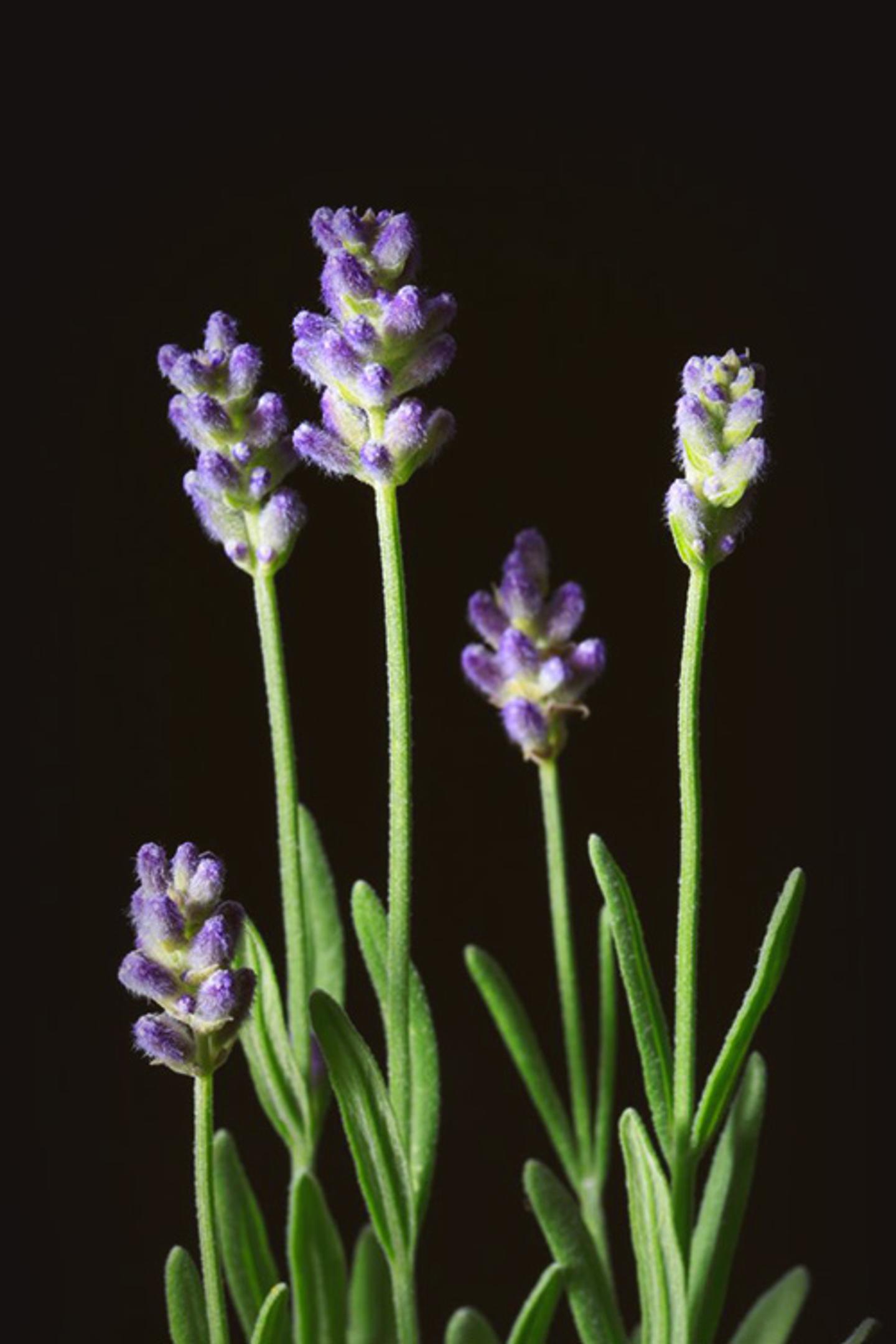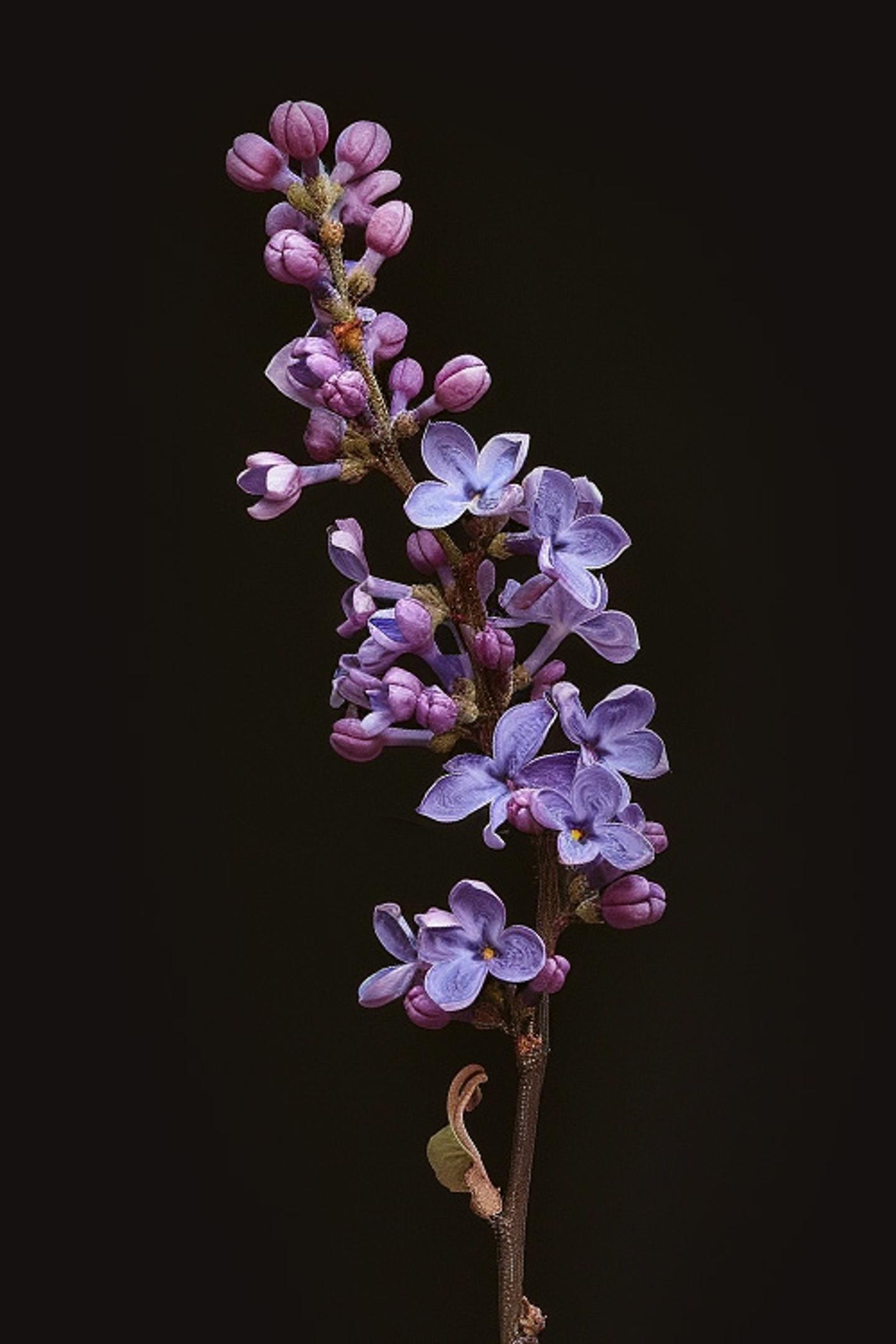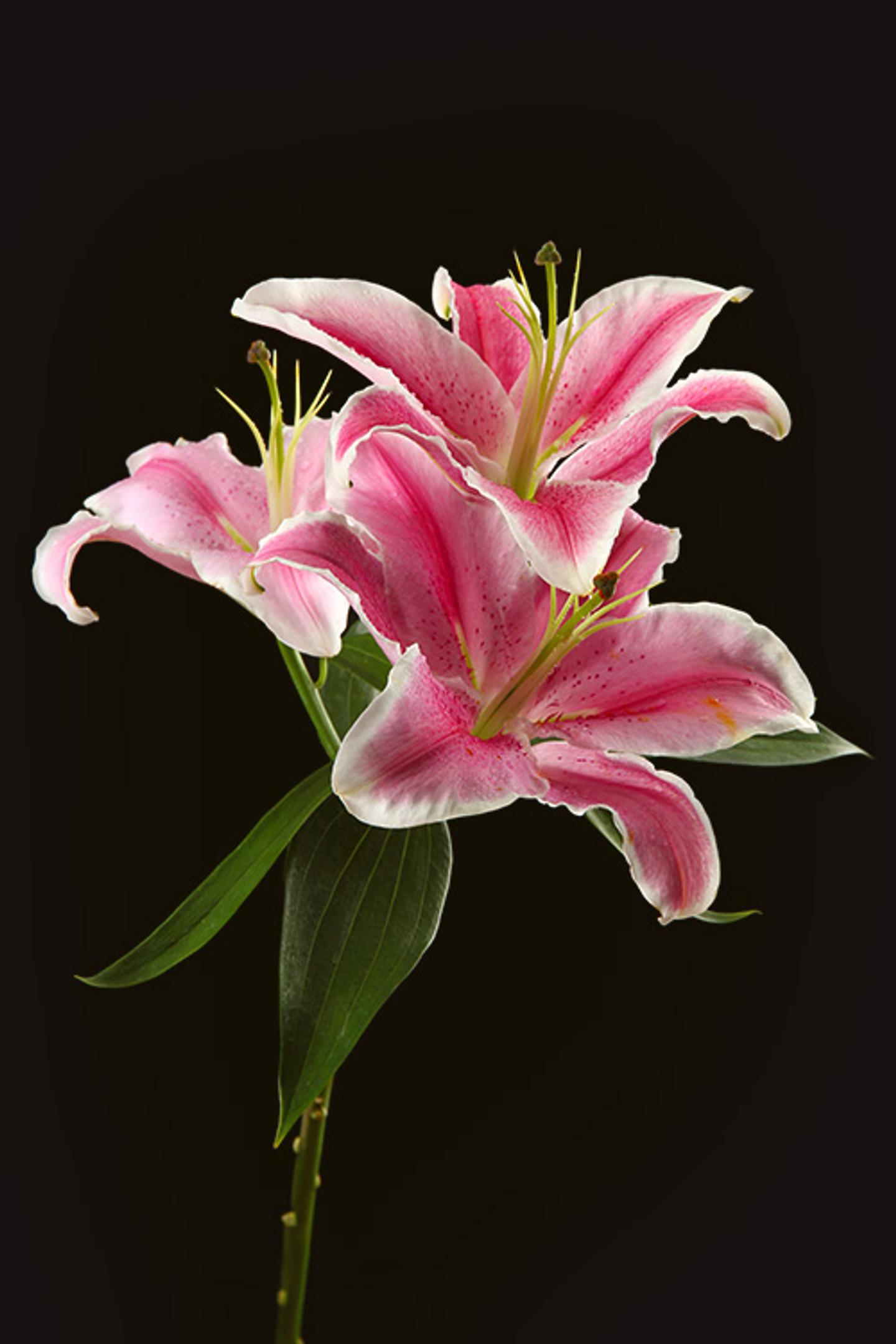Flower Meanings
Lisianthus


The Meaning of Lisianthus
Firmly grounded in their humble roots, lisianthus may appear as a simple weed when found in the wild but takes on a majestic elegance when added to any bouquet or flower arrangement.
This simplistic blossom shares similar features to the rose but doubles as a symbol for communicating subtle messages. One could say it is a bloom clothed in mystery…of the finest sorts, of course.
Lisianthus has plenty of core meanings, to name a few:
- It is the birth flower of Sagittarius’ everywhere.
- Represents the joining of two people for a lifelong bond
- Expressing gratitude for a gift or a favor from a friend or loved one.
- Showing someone how appreciated they are, especially for their social skills or warm, welcoming personality.
- Trying to convince someone you’re charismatic and charming.
- Traditional values and old-fashioned morals.
Lisianthus’ biological meaning, Eustoma, comes from ancient Greece. The ‘eu’ prefix carries the meaning of beauty, while ‘stoma’ refers to a mouth or mouth-like shape.
The word lisianthus, on the other hand, means ‘a dissolving flower,’ as ‘lysis’ refers to dissolution and ‘anthos’ refers to flower in the Greek language.
Lisianthus has also come to represent the rising above one’s surroundings and being grateful for everything in your life due to its specific germination requirements and eventual hardy growth as an established plant.
Also commonly used as wedding flowers, lisianthus can symbolize devotion and long-lasting bonds. [1]
Lisianthus Color Meanings
There are many flowers that have just one meaning, but lisianthus has many meanings depending on its color… and it has a lot of color varieties. Here are just a few different colors and what their lisianthus color meaning is:
- Blue lisianthus symbolizes peace & openness
- Red lisianthus represents love & passion
- Green lisianthus symbolizes wealth, fertility, success at work
What Does Lisianthus Smell Like?
Lisianthus blooms are not known to have any underlying fragrance.

"Wildflowers adapt and bloom wherever they want. Be a wildflower."
Aly Aubrey
The History of Lisianthus
Lisianthus originates from North America, where it tends to grow in desert riverbeds and prairie regions. States like Texas, Nebraska, Nevada, and Colorado they often refer to lisianthus as ‘prairie gentian.’
Reason being, in the 1930s, Japanese growers crossed the prairie gentian while laying the foundations for today’s range. Makes sense!
For the most part, you will see lisianthus in white and purple, but there are a huge variety of colors you can get these beauties in.
Lisianthus also come in green, blue, pink, lilac, and salmon.
These blooms also come in many shapes: single and double-flowered, large and small-flowered, and some even come with fringed petals.[2]
The rise of lisianthus as a cut flower began in Japan, giving it the nickname “Japanese rose.” [3]
DID YOU KNOW - Lisianthus Fun Fact
Lisianthus, while extraordinarily beautiful, have very little to no scent! [5]

How to Grow Lisianthus
Lisianthus is a warm-zone perennial flower that is often grown as an annual and has also gained a reputation as a difficult flower to grow.
However, if you have the proper tools and knowledge, you will easily be able to grow lisianthus on your own!
These blooms will grow in all zones as an annual, but you will most likely see better results if planted in an area with more mild summers.
Plant your lisianthus using plants or buds as they take a while to mature when planted from seeds (you don’t want to end up with a plant that favors foliage as opposed to flowers).
Light:
- Plant your lisianthus in full sun, or if you live in an area with hot summers, go for partial shade instead.
Soil:
- Be sure your planting site has well-draining soil.
- Raised beds are ideal
- Soil should be rich in organic matter: manure, compost, leaf mold
Water:
- Keep your lisianthus moist but not soggy. Overwatering can cause the development of fungal diseases.
- Try a drip irrigation system to be sure your plants get water right where they need it, the roots.
Temperature:
- As a heat-loving plant, lisianthus doesn’t do too well in damp climates with limited sun, such as the Pacific Northwest. They will tolerate average humidity but do not like frequent rain. [4]
DID YOU KNOW - Lisianthus Fun Fact
A member of the Gentianaceae (gentian) family, lisianthus is related to Gentiana and Persian violets. [5]

How to Care for Lisianthus
If you’re looking to keep your fresh lisianthus alive for as long as possible once they hit the vase, we got you covered.
- Pick up a clean vase and fill it with room-temperature water.
- Add cut-flower food to the water.
- Cut/trim the stems diagonally with a sharp knife or scissors.
- Remove all leaves and foliage that will end up underwater.
- Keep your fresh blooms away from vents, heaters, or in full sun.
- Lisianthus are thirsty plants so be sure to keep an eye on their water level and top them off when they need it.
- Pro Tip: Keep them away from fruit bowls as fruit emits ethylene gas which will cause your lisianthus to age more rapidly! [6]
When to Send Lisianthus as a Gift
These blooms may look soft and delicate, but they represent strong feelings of gratitude, appreciation, and charisma. Give lisianthus as a just because gift, a thank you gift, or as a gift to yourself!

References:
- 1 - flowermeaning.com
- 2 - Flower Council
- 3 - Holex
- 4 - The Spruce
- 5 - Flower Style
- 6 - Flower Council
Flower Meanings — keep discovering

Lavender
A part of the mint family, the perfumy bloom we all know and (hopefully) love, we’re talking about lavender!

Lilac
Just when winter starts to feel like an endless Game of Thrones episode—boom!—suddenly the lilac blooms and you know that spring is here. This fragrant favorite gets the season started, with a scent that never fails to make us nostalgic for young love.

Lily
More than just a 30th Anniversary flower!

Lily of the Valley
A personal favorite of Audrey Hepburn and featured in many royal weddings – this delicate woodland plant is famous for its sweetly scented, bell-shaped white flowers. Native throughout the cool temperate Northern Hemisphere in Asia and Europe, this pendant bloom has surely made its mark in history.

Lavender
A part of the mint family, the perfumy bloom we all know and (hopefully) love, we’re talking about lavender!

Lilac
Just when winter starts to feel like an endless Game of Thrones episode—boom!—suddenly the lilac blooms and you know that spring is here. This fragrant favorite gets the season started, with a scent that never fails to make us nostalgic for young love.

Lily
More than just a 30th Anniversary flower!

Lily of the Valley
A personal favorite of Audrey Hepburn and featured in many royal weddings – this delicate woodland plant is famous for its sweetly scented, bell-shaped white flowers. Native throughout the cool temperate Northern Hemisphere in Asia and Europe, this pendant bloom has surely made its mark in history.
Ready to send beautiful flowers?
Our guided experience helps you send a one-of-a-kind arrangement perfect for every occasion.
Send Flowers